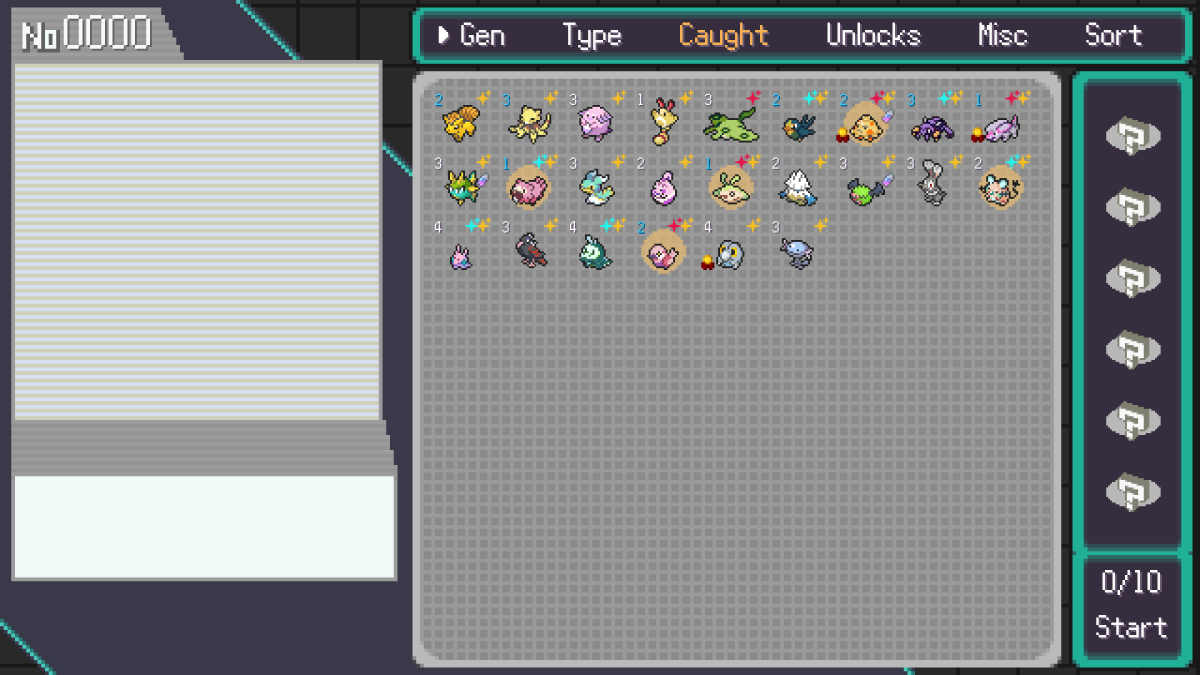TOMS shoes have been a fashion staple in the lives of college students for the past few years. TOMS is a charitable organization created by Blake Mycoskie in 2006 that uses the buy one, give one model. For every pair of shoes a person buys, TOMS will give a pair to a child in need.
According to their website, TOMS has given away two million pairs of shoes to children
in need.
The idea for TOMS started sincerely with Mycoskie wanting to help poor children in other countries. Unfortunately, TOMS as a charitable organization does more harm than good and it would be best for people to choose a different charity to support.
While there are many children who do not have shoes, the solution is not as simple as TOMS would like you to think.
First, some of these children choose to not wear shoes. The second problem is most of these countries have shoes available for purchase at their local marketplaces. Third, according to a podcast on Tinyspark, TOMS sometimes gives their shoes to children that already have their own pair.
First, TOMS implements “shoe drops”, the company travels to a country and hands out free shoes to children in need. This type of charity does something for the people, not with the people. It is a short-term solution to a long-term problem. This leaves little room for sustainable development or self-empowerment.
The NYU Development Research Institute points out that TOMS does nothing to help the local economies or create jobs in these areas. These countries have markets in which shoes are being produced locally. TOMS can hurt the people and businesses that are producing these shoes and ruin the economic structure of the country. If TOMS gives away free shoes, local shoemakers have no market to sell to and are forced out of business.
The problem is that TOMS focuses too much on the consumer rather than the receiver. TOMS should be asking the people receiving the shoes what they need. TOMS takes the typical top-down approach to aid. TOMS cannot know what the people of those communities need unless they ask them, which TOMS does not do.
While the canvas shoes may be ideal for our walks to class in the spring, it is not the best type of shoe for those walking long distances or for areas in which there is a lot of rainfall.
Lastly, TOMS uses the help of local non-governmental organizations to hand out their shoes. According to Tinyspark, some of these NGOs are connected to evangelical organizations that spread the word of God while delivering shoes.
This is a choice TOMS is allowed to make. However, they should make it clear that this is being done. Some people donating to TOMS may not support the teachings of Christianity.
In conclusion, TOMS is not addressing the real problem at hand, which is poverty. These people don’t have shoes because they can’t afford them. What happens a year down the road when the children grow out of the shoes they received?
In the wake of the Haiti earthquake, Alanna Shaikh at the blog Aidwatch wrote an article on the best way to help.
“Only the people on the ground know what’s actually necessary; those of us in the rest of the world can only guess,” Shaikh wrote.
This is true of TOMS as well. To begin solving the problem TOMS should help local business owners start or expand their own companies, provide them with whatever they may need and hire local people to work in that store.
TOMS is not maliciously trying to destroy these countries and their economies but they are ignoring the obvious flaws in their system.
Research is an important step when donating to any charity. Before you give money to any organization make sure you support what they do and are aware of their process.






